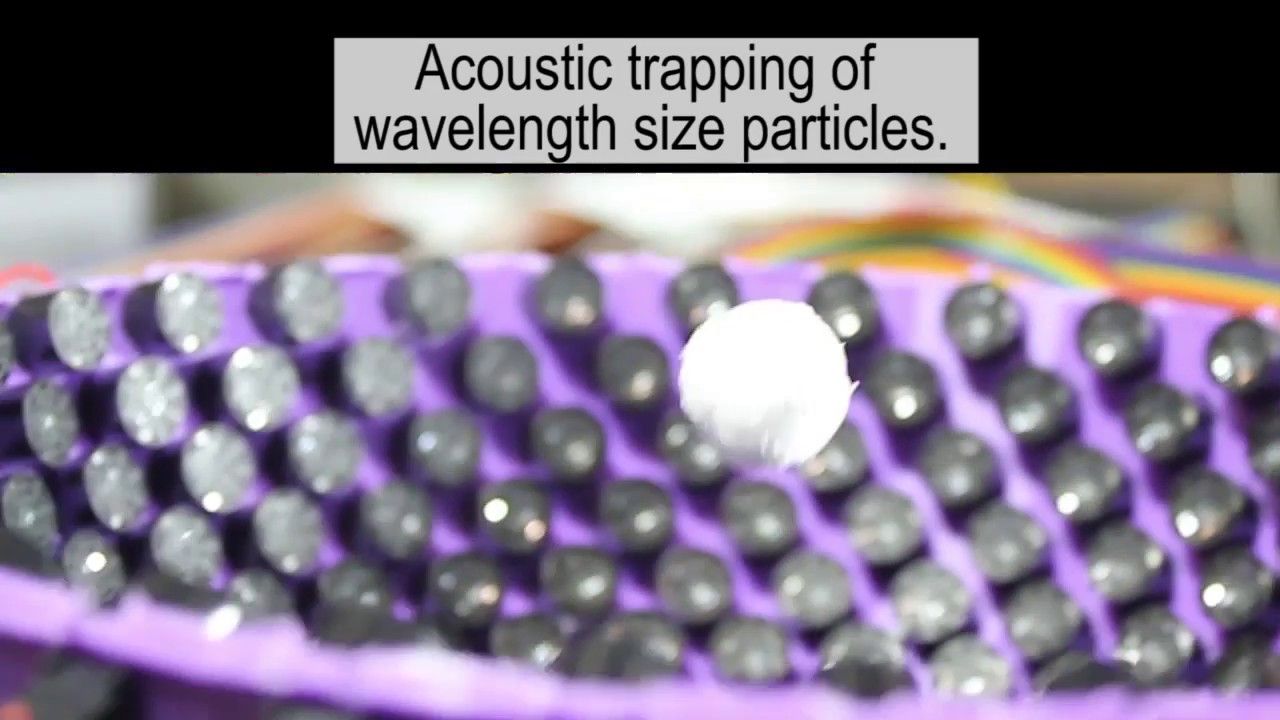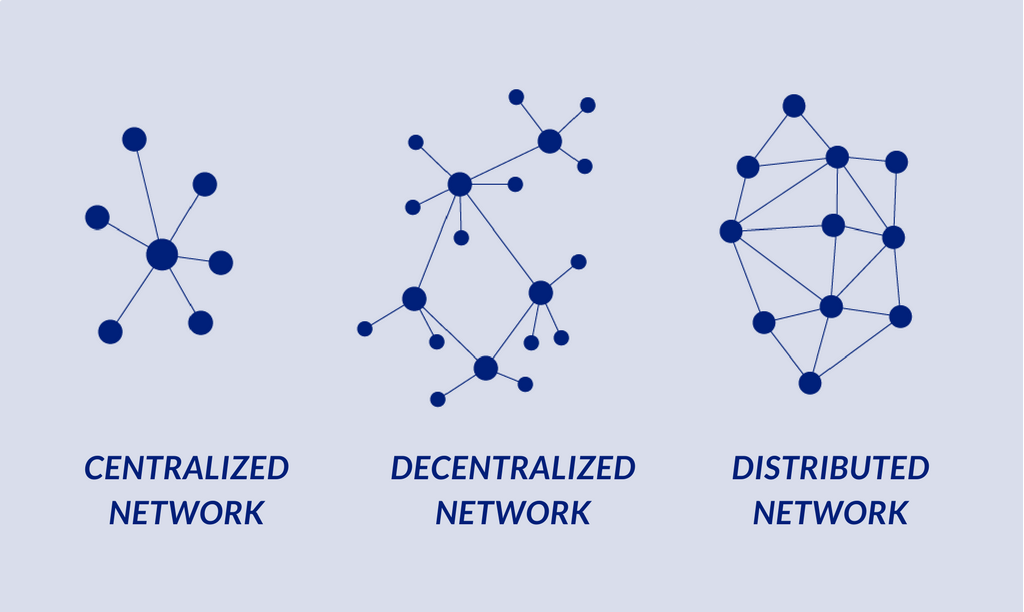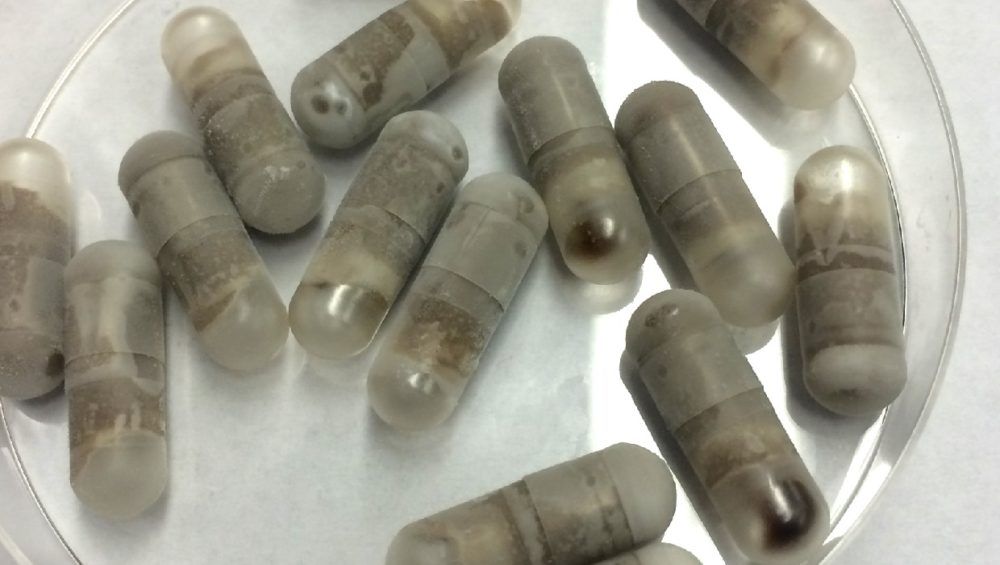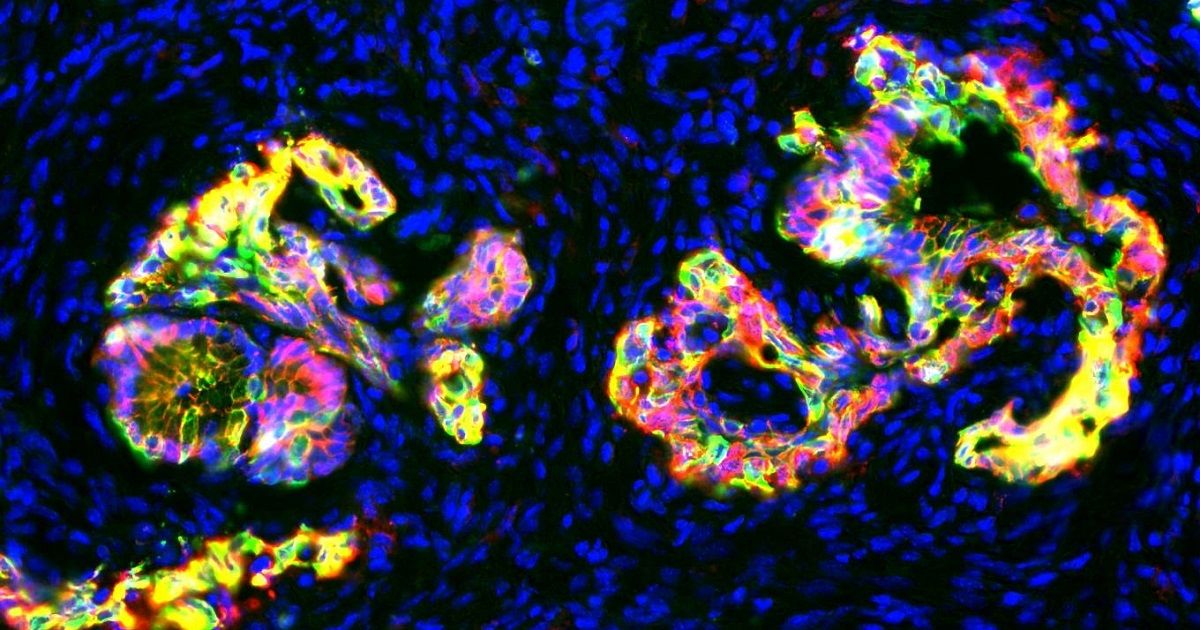Jan 22, 2018
The world’s most powerful acoustic tractor beam could pave the way for levitating humans
Posted by Klaus Baldauf in categories: biotech/medical, tractor beam, transportation
Acoustic tractor beams use the power of sound to hold particles in mid-air, and unlike magnetic levitation, they can grab most solids or liquids. For the first time University of Bristol engineers have shown it is possible to stably trap objects larger than the wavelength of sound in an acoustic tractor beam. This discovery opens the door to the manipulation of drug capsules or micro-surgical implements within the body. Container-less transportation of delicate larger samples is now also a possibility and could lead to levitating humans.
Researchers previously thought that acoustic tractor beams were fundamentally limited to levitating small objects as all the previous attempts to trap particles larger than the wavelength had been unstable, with objects spinning uncontrollably. This is because rotating sound field transfers some of its spinning motion to the objects causing them to orbit faster and faster until they are ejected.

















